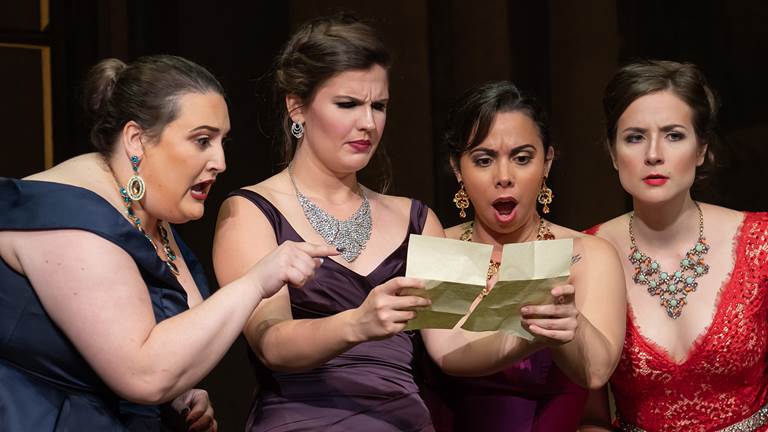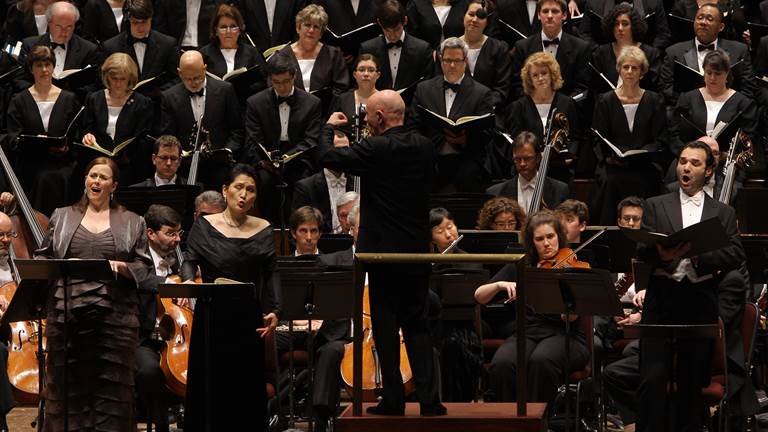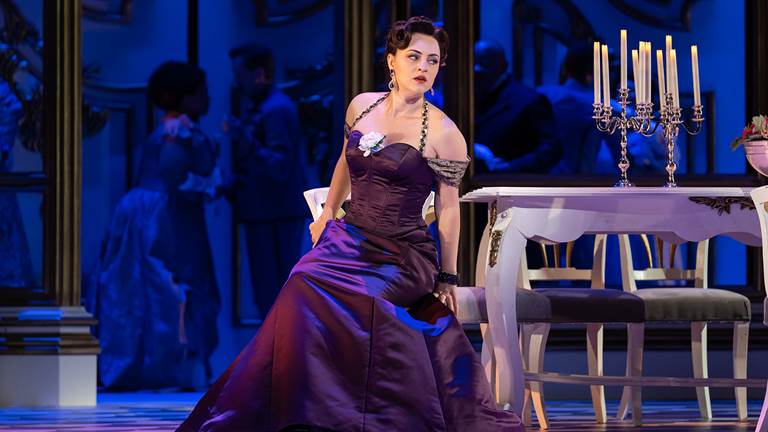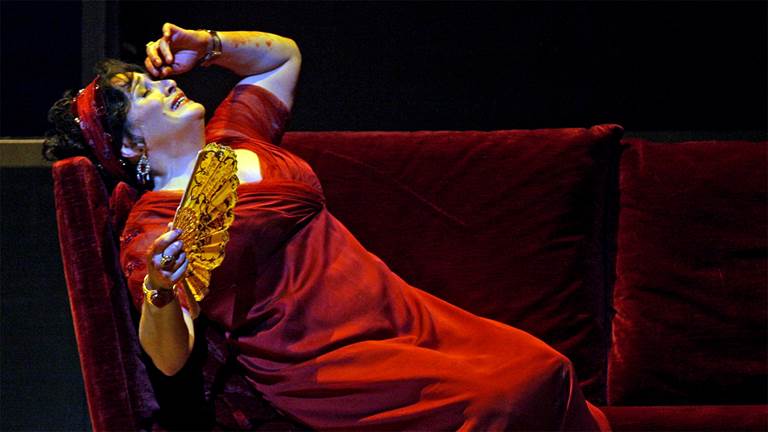1808: Faust, written by Johann Wolfgang von Goethe (Germany)
1811: Sense and Sensibility, written by Jane Austen (England)
1812: Grimms’ Fairy Tales, written by The Brothers Grimm (Germany)
1813: Pride and Prejudice, written by Jane Austen (England)
1814: Mansfield Park, written by Jane Austen (England)
1815: Emma, written by Jane Austen (England)
1816: The Nutcracker and the Mouse King, written by E.T.A. Hoffmann (German)
1818: Frankenstein, written by Mary Shelley (England)
1819: Ivanhoe, written by Walter Scott (England)
1819: Don Juan, written by Lord Byron (England)
1820: The Sketch Book, written by Washington Irving (USA)
1820: Ruslan and Ludmila, written by Alexander Pushkin (Russia)
1831: The Hunchback of Notre-Dame, written by Victor Hugo (France)
1835: Père Goriot, written by Honoré de Balzac (France)
1837: The Little Mermaid, written by Hans Christian Andersen (Denmark)
1839: The Fall of the House of Usher, written by Edgar Allan Poe (USA)
1839: Oliver Twist, written by Charles Dickens (England)
1843: A Christmas Carol, written by Charles Dickens (England)
1843: The Tell-Tale Heart, written by Edgar Allan Poe (USA)
1844: The Count of Monte Cristo, written by Alexandre Dumas (France)
1845: The Raven, written by Edgar Allan Poe (USA)
1846: A Book of Nonsense, written by Edward Lear (England)
1847: Jane Eyre, written by Charlotte Brontë (England)
1847: Wuthering Heights, written by Emily Brontë (England)
1850: The Scarlet Letter, written by Nathaniel Hawthorne (USA)
1850: David Copperfield, written by Charles Dickens (England)
1851: Moby-Dick, written by Herman Melville (USA)
1852: Uncle Tom’s Cabin, written by Harriet Beecher Stowe (USA)
1853: Twelve Years a Slave, written by Solomon Northup (USA)
1854: Walden, written by Henry David Thoreau (USA)
1856: Madame Bovary, written by Gustave Flaubert (France)
1857: The Flowers of Evil,, written by Charles Baudelaire (France)
1859: A Tale of Two Cities, written by Charles Dickens (England)
1861: Great Expectations, written by Charles Dickens (England)
1862: Les Misérables, written by Victor Hugo (France)
1864: Journey to the Center of the Earth, written by Jules Verne (France)
1864: Notes from the Underground, written by Fyodor Dostoevsky (Russia)
 Caspar David Friedrich’s “Wanderer Above the Sea of Fog.”
Caspar David Friedrich’s “Wanderer Above the Sea of Fog.” 






















![Emile Finot, La fille du regiment poster, 1910 [Source]](/globalassets/education/resources-for-educators/classroom-resources/artsedge/media/understanding-opera/the-daughter-of-the-regiment-2-169.jpg?width=768&quality=70)




![Luigi Morgari (1857–1935), Il Trovatore poster, 19th century. Color lithograph. [Source]](/globalassets/education/resources-for-educators/classroom-resources/artsedge/media/understanding-opera/il-trovatore-169.jpg?width=768&quality=70)






![Stephen Costello, Ailyn Pérez, Simone Alberghini in The Elixir of Love [Scott Suchman for Washington National Opera]](/globalassets/education/resources-for-educators/classroom-resources/artsedge/media/understanding-opera/the-elixir-of-love-169.jpg?width=768&quality=70)


![Adolph von Menzel (1815–1905), Théâtre du Gymnase in Paris, 1856. Oil on canvas. Alte Nationalgalerie [source]](/globalassets/education/resources-for-educators/classroom-resources/artsedge/media/understanding-opera/an-italian-in-algiers-169.jpg?width=768&quality=70)